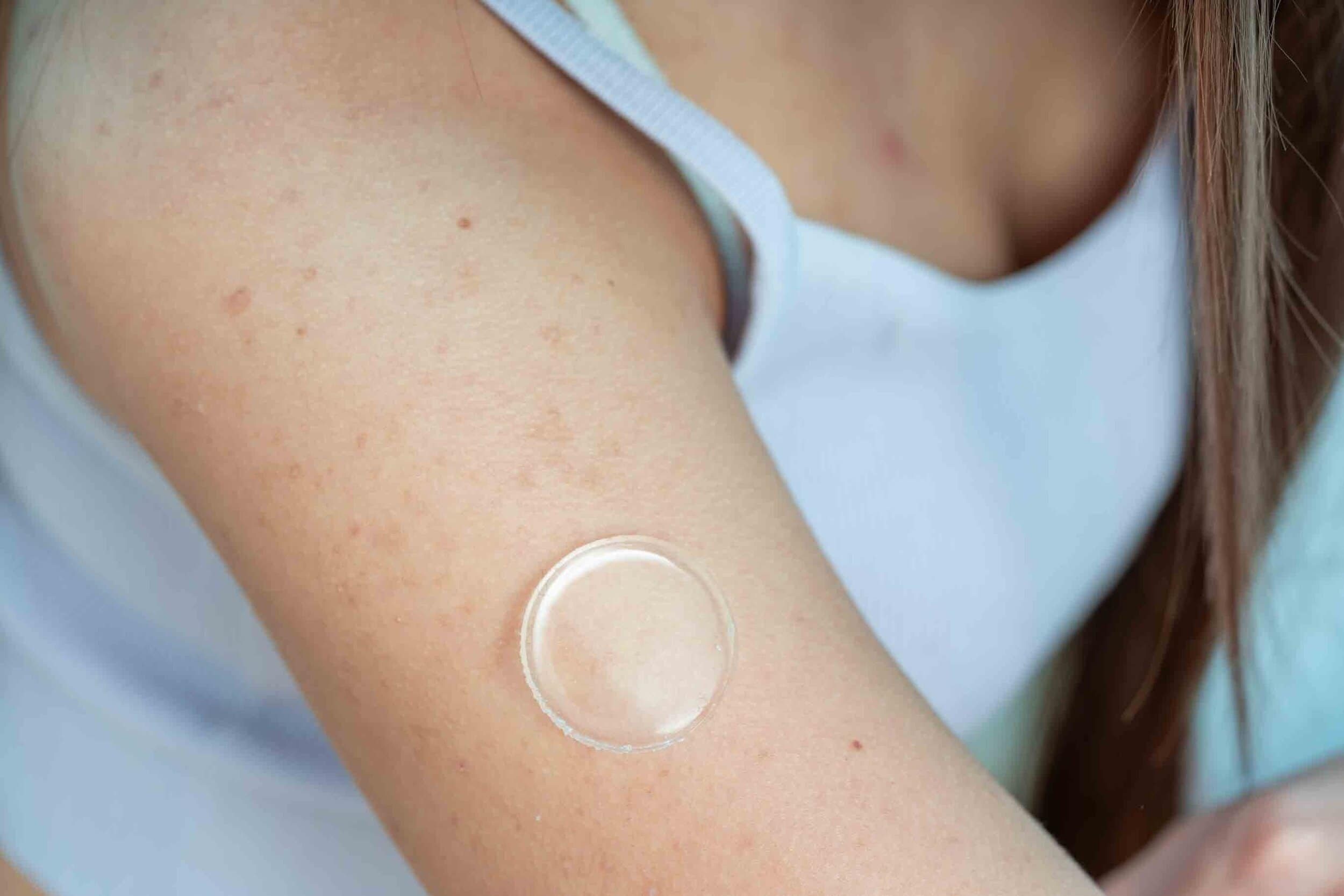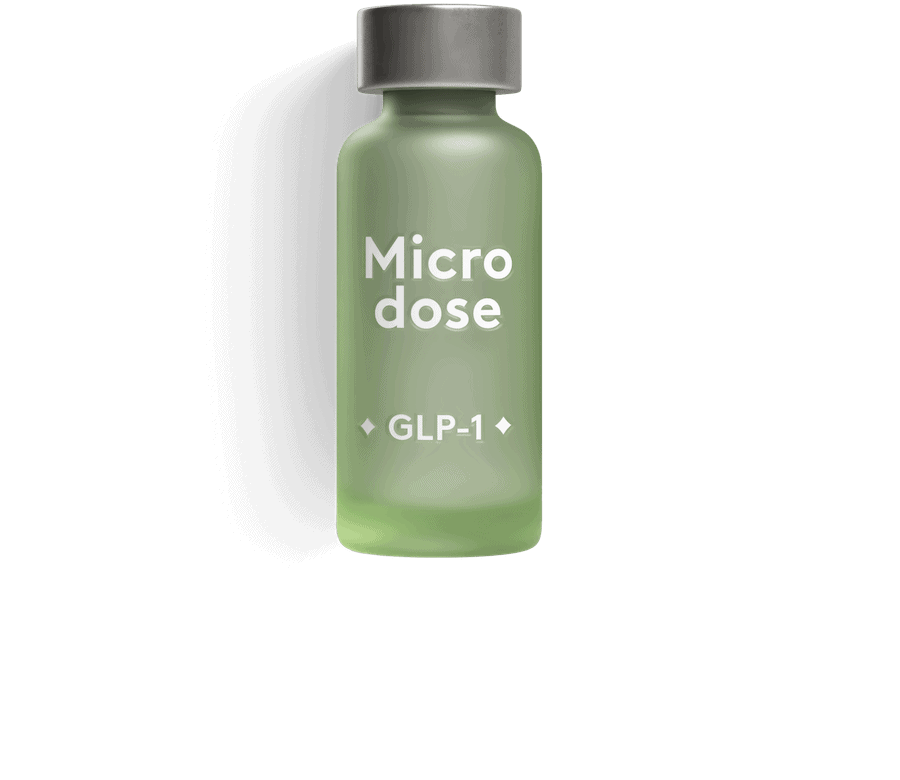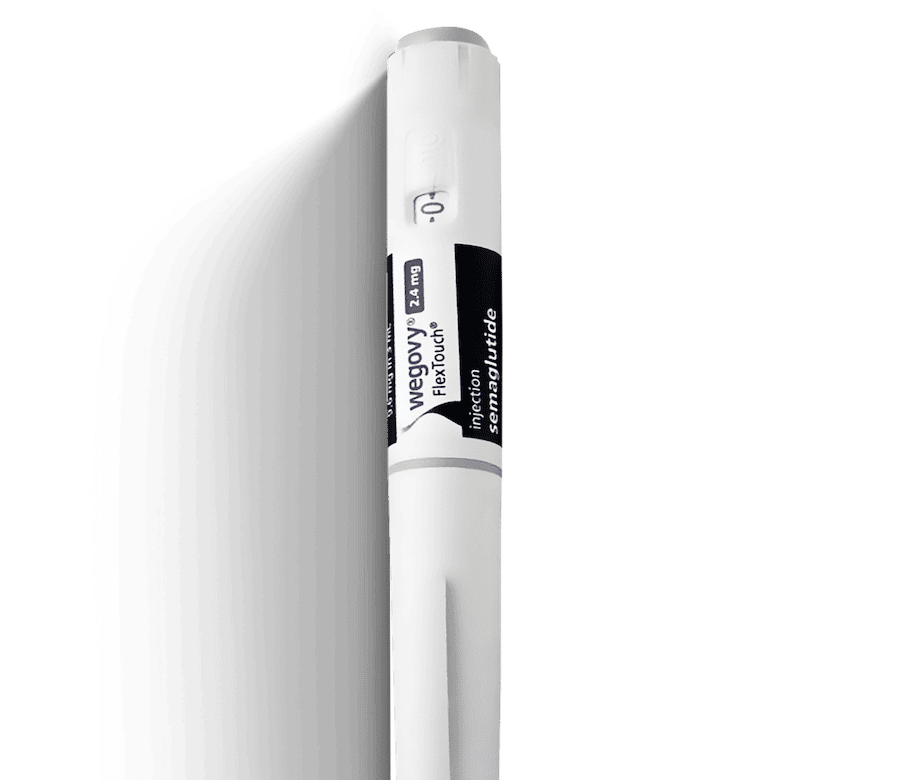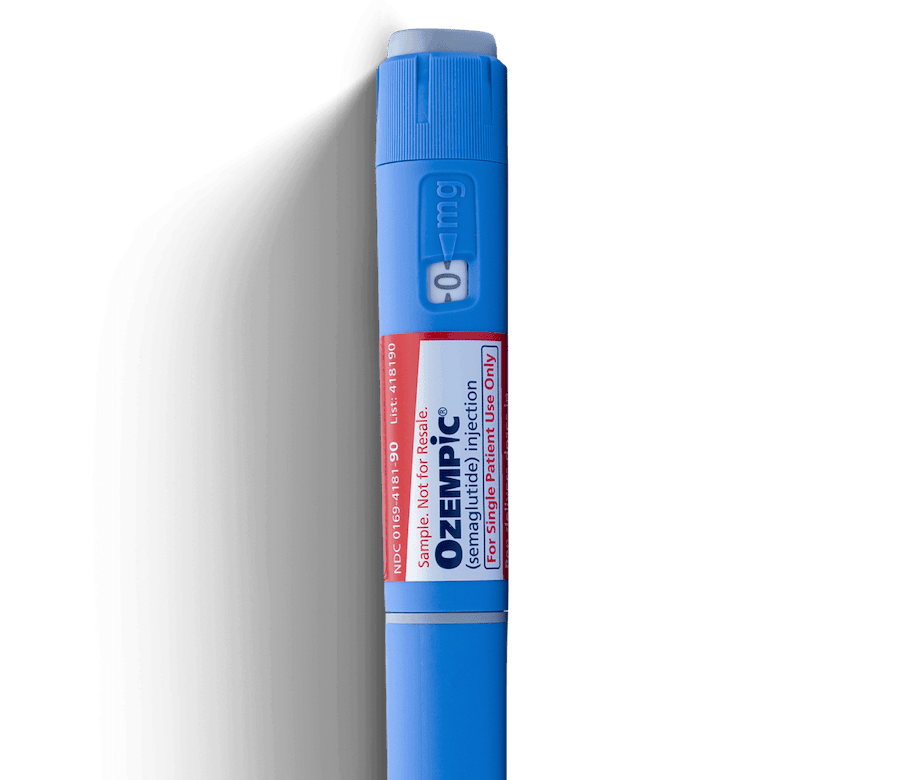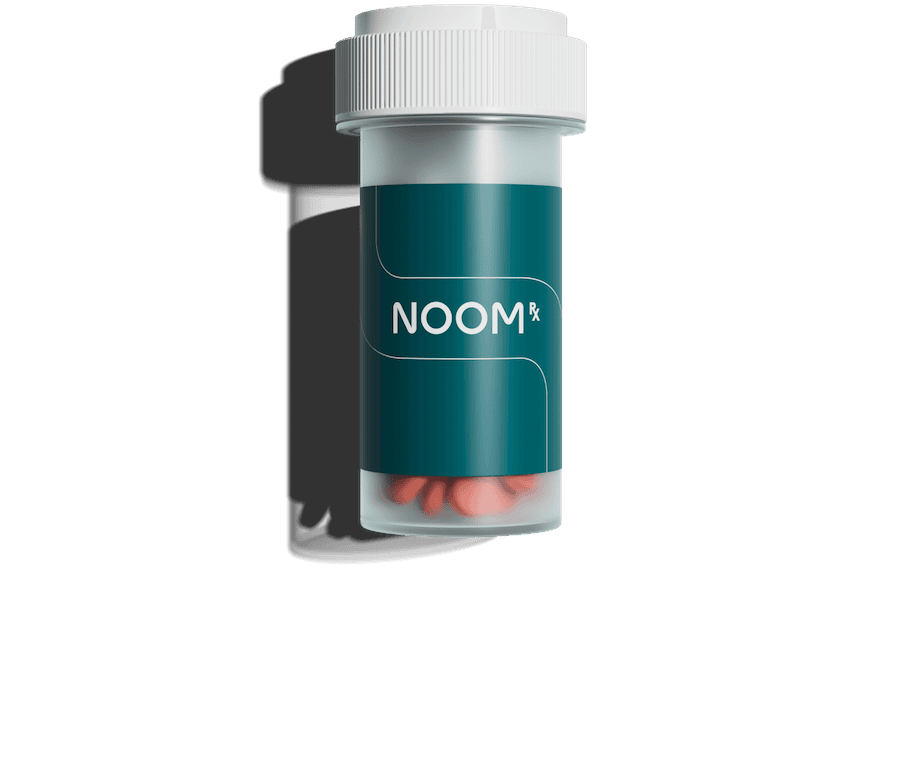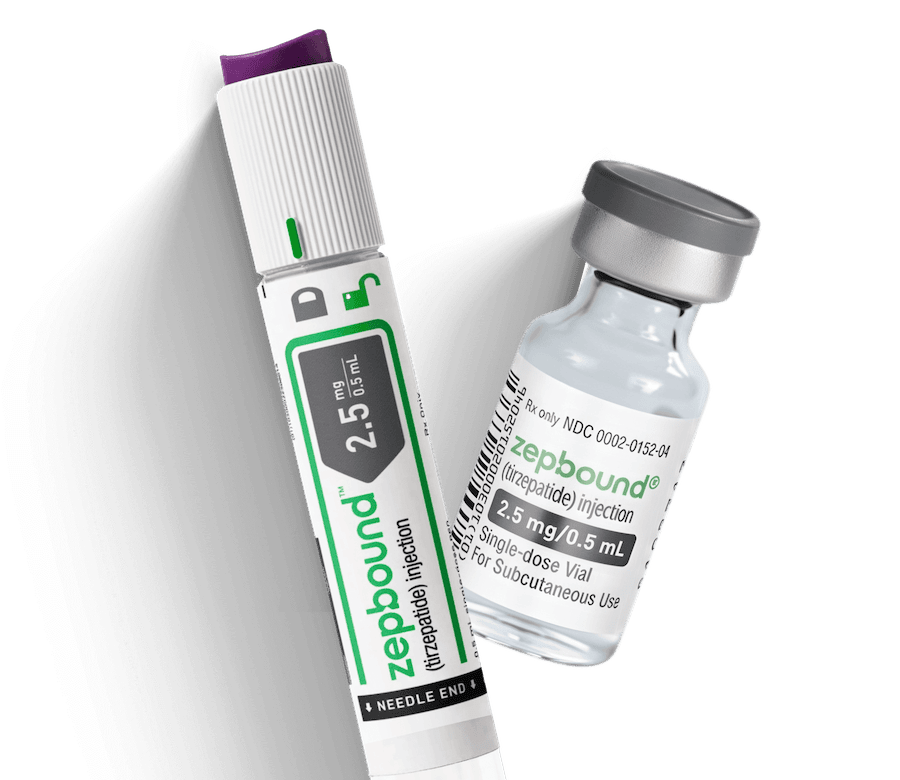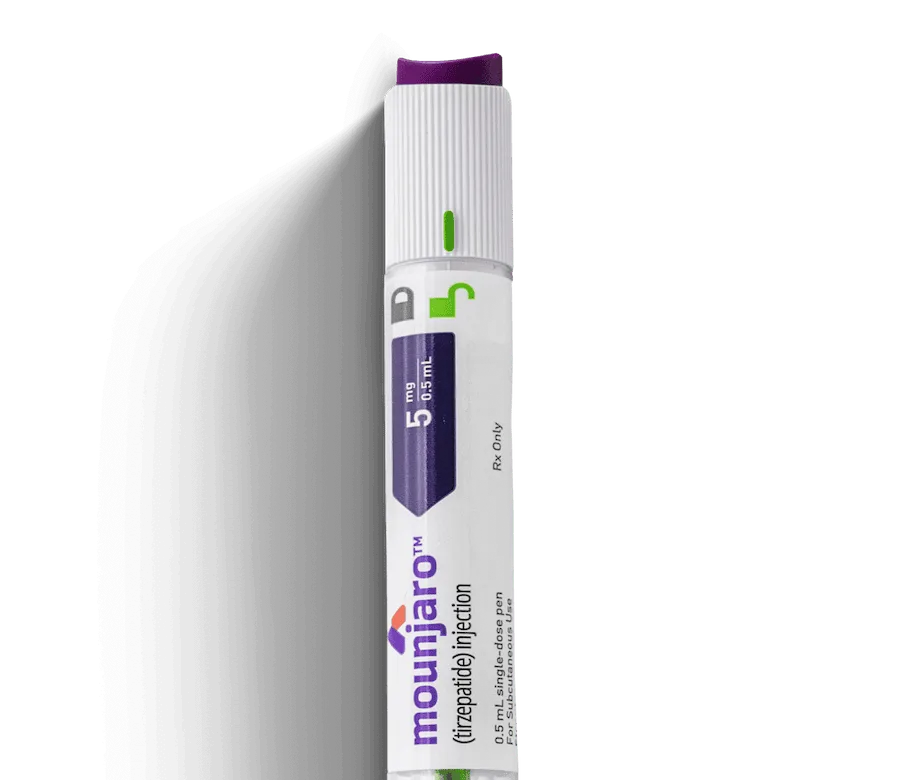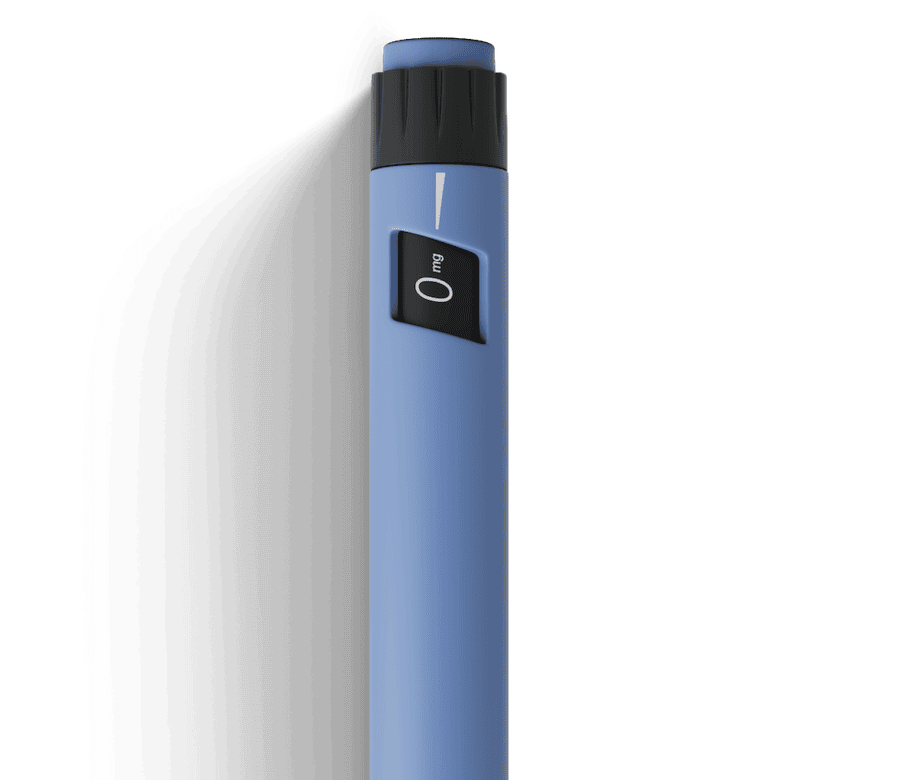What you’ll learn:
- Commercially available “GLP-1 patches” are unregulated dietary supplements that do not contain any actual GLP-1 medications like semaglutide or tirzepatide.
- The patches rely on herbal ingredients with weak or no clinical evidence for weight loss, especially through a patch.
- Research into microneedle patch technology is underway to deliver real GLP-1 medications, but it’s still in the initial phases.
Medications like Wegovy® and Zepbound® have helped many people manage their weight, but the idea of giving yourself weekly injections can feel intimidating. If that makes you hesitate, you’re not alone. A lot of people worry about self-injecting or about the side effects of GLP-1, like digestive issues. That hesitation has fueled interest in GLP-1 patches. Health companies market them as easier alternatives, promising the same benefits as GLP-1 medications in a stick-on patch you can order online without a prescription.
Here’s the catch: experts warn that most of these patches are made from herbal blends or supplements, and there’s little to no clinical evidence showing they actually work. The real question isn’t just whether they deliver results; it’s whether they’re a proven medical treatment or just clever marketing aimed at people looking for a shortcut.
Let’s take a look at what “GLP-1 patches” really are and what to look for instead.
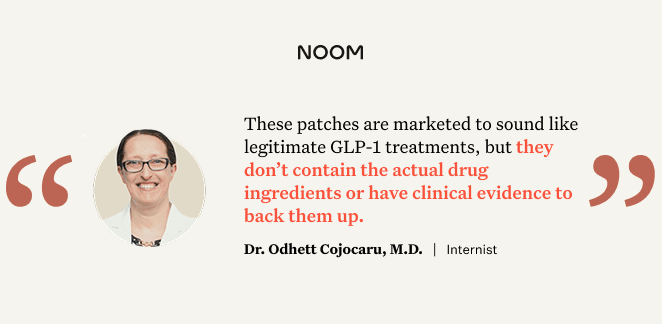
What are GLP-1 patches?
The “GLP-1 patches” advertised online are dietary supplements, not pharmaceuticals, and they contain none of the active GLP-1 drug ingredients like semaglutide or tirzepatide. Experts warn that these products don’t mimic the way real GLP-1 medications regulate appetite and blood sugar. Instead, they’re often older weight loss supplements repackaged under a trendy new name to ride the popularity of prescription GLP-1 drugs.
“These patches are marketed to sound like legitimate GLP-1 treatments, but they don’t contain the actual drug ingredients or have clinical evidence to back them up,” says Dr. Odhett Cojocaru, MD. “They’re essentially just common weight loss supplements in new packaging.”
Most common ingredients found in GLP-1 patches
Many GLP-1 patches contain a mix of herbal extracts and plant-based compounds that have long been used in dietary supplements. Here are some of the most common ones you’ll see:
| Ingredient | How it’s usually taken | What research says | Potential issues |
|---|---|---|---|
| Berberine | Oral capsules/tablets | Marketed as “nature’s Ozempic.” Research shows modest blood sugar/weight effects orally. No proof it works through skin. | Can cause digestive upset; unproven in patch form. |
| Green tea extract | Capsules, teas, powders | May slightly boost metabolism in high doses; weak weight-loss evidence. Minimal skin absorption. | Rare liver issues at very high doses; safe in tea. |
| Guarana | Energy drinks, teas, capsules | Source of caffeine; can boost energy, but not proven for weight loss in patch form. | Jitters, insomnia, and rapid heartbeat if overused. |
| Bitter orange/synephrine | Oral capsules, “fat burner” blends | Mild stimulant with limited weight-loss evidence. | May increase heart rate/blood pressure; safety debated. |
| Garcinia cambogia | Oral capsules/powders | Once trendy for weight loss, studies show little to no real effect. | Rare reports of liver toxicity. |
| Chromium | Capsules, metabolism blends | Mixed results for blood sugar/weight control; any benefits are small. | Generally safe in small doses; excess may stress kidneys/liver. |
| Cinnamon | Spice, teas, capsules | Studied for blood sugar regulation; effects are modest. | Usually safe in food amounts; high-dose cassia cinnamon may affect the liver. |
Less common ingredients
You might also see other ingredients sprinkled in to make a patch look more “high-tech” or “proprietary.” These are far less common, and the research supporting them is even thinner:
- Ginseng – Widely used across supplements (energy, vitality, blood sugar), sometimes added to weight-loss blends.
- Glutamine – Popular in sports nutrition; occasionally added to patches for “metabolism” or “muscle support” appeal.
- Saffron extract – Increasingly trendy in appetite-control supplements; sometimes highlighted in premium blends.
- Theobromine – Common in stimulant-based “fat burners,” less frequent in patches, but still seen.
- Rauwolscine (α-yohimbine) – Found in “hardcore” fat burners; rare in mainstream patches, more niche.
- Pomegranate – Sometimes added for an antioxidant/superfood angle, not central to weight-loss claims.
- Paradoxine® (grains of paradise extract) – A newer branded ingredient; included in some trendy products but not widely used yet.
- Red orange extract – Very niche, mostly appears in premium or “antioxidant-focused” blends.
- Lemon fruit extract – Least common; usually thrown in for “detox” branding rather than any proven effect.
While some of these ingredients have been studied when taken by mouth, the real issue is how they’re delivered in a patch. Your skin is designed to protect your body, and it doesn’t easily let most compounds pass through. That means even if these ingredients show small effects in pill form, there’s no solid evidence they can reach your bloodstream in effective amounts through the skin. If this approach truly worked, we’d see far more research and legitimate medical products using it, but right now, the science doesn’t support the claims.
Are GLP-1 patches FDA-approved?
No. Because these patches are sold as dietary supplements, they do not go through FDA review or approval before being sold. That means they aren’t tested for safety or effectiveness the way prescription medications are.
Do GLP-1 patches work? Effectiveness & clinical evidence
Some people say they’ve had success with these patches, but Dr. Cojocaru cautions against assuming the patches themselves are responsible:
“Right now, there’s no scientific evidence that GLP-1 supplement patches actually work. Unlike prescription drugs like Wegovy® or Zepbound®, which have been tested in large clinical trials, these patches haven’t been studied in controlled research. Most don’t even contain GLP-1 ingredients like semaglutide or tirzepatide; they’re usually just repackaged weight loss supplements marketed under a new name.”
She adds that what people describe as success is more likely due to belief rather than biology:
“Any ‘results’ people notice are far more likely due to the placebo effect—when you believe something will help, you may naturally start making healthier choices, like eating more mindfully or being more active, which can lead to weight loss on its own.
It’s also important not to confuse these supplement patches with legitimate microneedle research. Scientists are developing microneedle patches that could one day deliver real GLP-1 medications like semaglutide through the skin, but these are still in clinical trials and not available to the public. The adhesive patches being sold online today are completely different, and companies that use terms like “microneedle” to market them are misleading consumers.
Rx weight loss, the right way, with Noom
Get access to prescription weight loss medication with Noom.GLP-1 patches vs. GLP-1 medication
When comparing GLP-1 patches versus GLP-1 medications, you’re essentially choosing between unproven supplements and evidence-based medical treatments. Understanding these key differences can help you make an informed decision about effective weight management approaches that align with your health goals.
| Feature | GLP-1 patches (supplements sold online) | GLP-1 injections (FDA-approved drugs) |
|---|---|---|
| Effectiveness | No peer-reviewed clinical trials show they cause weight loss or mimic prescription GLP-1 drugs. | Large randomized trials show average weight loss of about 15% with semaglutide (Wegovy®) and 16–22.5% with tirzepatide. |
| Regulation | Not FDA-approved; sold as dietary supplements without safety or efficacy review. | FDA-approved and regulated; tested for safety and efficacy before approval. |
| Ingredients/composition | Often list herbal ingredients (e.g., berberine, green tea, garcinia) and use GLP-1 buzzwords despite containing no GLP-1 medicines. | Contain actual GLP-1 receptor agonists (e.g., semaglutide, tirzepatide). |
| Marketing/legitimacy | Some ads misuse terms like “microneedle,” raising scam concerns. | Prescribed by healthcare professionals; legitimate medications with clinical oversight. |
| Administration | Adhesive patches sold as supplements; applied topically. | Once-weekly injections with a titration schedule to manage side effects. |
| Cost | Typically marketed as cheaper supplements, but effectiveness is unproven. | Between $1,000 and $1,400 per month, some programs reduce the cost to about $499/month. Find out more about the cost of Wegovy and the cost of Zepbound. |
GLP-1 patches vs. GLP-1 pills
When you compare GLP-1 patches with the only oral GLP-1 on the market, Rybelsus®, it helps to look at how much work it took to make a pill possible.
Novo Nordisk spent years developing Rybelsus®, the first oral GLP-1 drug, which is FDA-approved for diabetes treatment and can only be prescribed for weight loss off-label. To make it work, they had to use specialized coatings, absorption enhancers, and strict dosing instructions. That’s why people have to take it on an empty stomach with just a sip of water, then wait 30 minutes before eating; otherwise, stomach acid and enzymes will break it down before it can be absorbed.
If your digestive system—which is designed to absorb nutrients—can’t fully take in GLP-1 medications, your skin poses an even bigger challenge. Only very small molecules can reliably pass through the skin, which is why patches work for things like nicotine, certain hormones (like estrogen), or some pain medications. GLP-1 drugs such as semaglutide are much larger, protein-like molecules. They’re simply too big to get through the skin barrier, which is designed to keep larger substances out.
This is why the supplement patches being sold online have virtually no chance of delivering real GLP-1 medications into your bloodstream—even if they claim to contain them. These drugs are just too large to slip through the skin. Scientists are experimenting with new ways to make skin delivery possible, but for now, the only methods that actually work are injections and Rybelsus®. Other GLP-1 pills like orforglipron are in advanced testing, but no GLP-1 patches are near approval.
GLP-1 patches: Side effects and risks
Unlike prescription medications that go through rigorous safety testing, GLP-1 patches are sold as dietary supplements. That means the FDA doesn’t review them for safety or effectiveness before they’re sold. This lack of oversight raises concerns, since products can contain hidden drugs, banned substances, or incorrect dosages.
The FDA and FTC have both warned about deceptive claims from weight loss patch companies, highlighting how risky these products can be. Here are some side effects you can expect based on some of their ingredients:
- Bitter orange (synephrine): May raise heart rate and blood pressure, increasing the risk of heart attack or stroke, especially in people with cardiovascular conditions or those using other stimulants.
- Berberine: Can cause digestive issues such as diarrhea or constipation when used in high amounts.
- Garcinia cambogia: Associated with nausea, digestive discomfort, and in rare cases, liver damage.
Other potential risks
- Skin reactions: Adhesives and herbal extracts may cause irritation, rashes, or allergic responses that can last for days.
- Unregulated market: Since supplements are not FDA-approved, the actual ingredients and dosages may not match what’s listed on the label.
Always talk to your doctor before trying any new herbal supplement, and be careful about any known sensitivities or preexisting conditions that could be aggravated.
Frequently asked questions about GLP-1 patches
Here are a few questions people often ask about GLP-1 supplement patches.
Do GLP-1 patches contain real semaglutide or tirzepatide?
No, the patches you can buy online don’t contain any actual GLP-1 medications. They contain herbal ingredients like berberine, green tea extract, and garcinia cambogia that haven’t been proven to work for weight management when absorbed through your skin.
Can ingredients like berberine actually be absorbed through the skin to cause weight loss?
There’s no scientific evidence that these herbal ingredients can penetrate your skin in amounts large enough to affect your weight. Your skin acts as a protective barrier, and even if small amounts of these compounds did get absorbed, research doesn’t support that they would have any appetite-suppressing effects.
Are GLP-1 weight-loss patches regulated by the FDA?
No, these patches are classified as dietary supplements, which means they’re not FDA-approved for safety or effectiveness before being sold.
What is the difference between these patches and the “microneedle” patches I’ve heard about?
The patches sold online are simple adhesive supplements. Real microneedle patches are an advanced, legitimate medical technology still in clinical trials designed to painlessly deliver actual medication.
If I can’t use injections, what are my options?
There are other FDA-approved oral weight-loss medications available through a prescription, like phentermine, Contrave®, and Qsymia®. Semaglutide is also available as Rybelsus®, which is approved for type 2 diabetes and can be prescribed off-label for weight loss.
Sign up for Noom Digest!
Stay on top of your wellness journey with the latest Noom news, thoughtful articles, and a healthy dose of inspiration delivered right to your inbox.The bottom line: GLP-1 patches aren’t going to help you lose weight
GLP-1 patches may sound appealing as a needle-free shortcut, but the reality is they don’t contain real GLP-1 medications and have no research proving they work for weight loss. Instead, they rely on herbal ingredients repackaged to ride the popularity of GLP-1 drugs. Here’s what to keep in mind:
- No real GLP-1 drugs inside. They don’t contain semaglutide, tirzepatide, or any FDA-approved medication.
- No clinical evidence. There are no studies showing these patches lead to weight loss through skin absorption.
- Not FDA-approved. They’re sold as dietary supplements, which means no required safety or efficacy testing.
- Microneedle research is different. Scientists are testing advanced patch technology in labs, but it’s not what’s being sold online today.
If you are looking for weight loss medication, work with a healthcare provider and explore options that are backed by research.
You can also see if you qualify for Noom Med. You’ll be connected to a licensed clinician who can determine if weight loss medication is right for you and prescribe it if needed. Plus, our medical weight loss programs combine treatments with personalized coaching and behavioral change strategies, helping you find a plan that fits your lifestyle and supports long-term success.
Why you can trust us
At Noom, we’re committed to providing health information that’s grounded in reliable science and expert review. Our content is created with the support of qualified professionals and based on well-established research from trusted medical and scientific organizations. Learn more about the experts behind our content on our Health Expert Team page.


